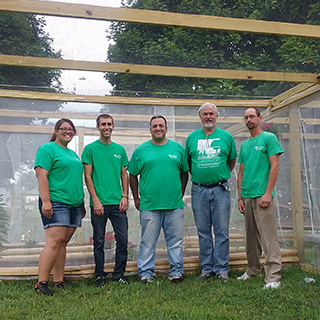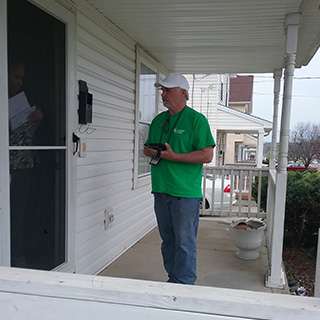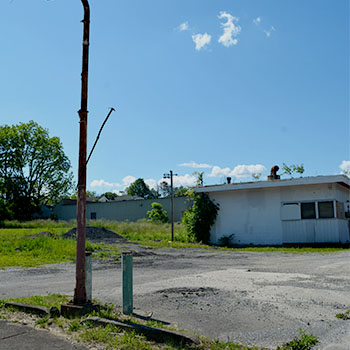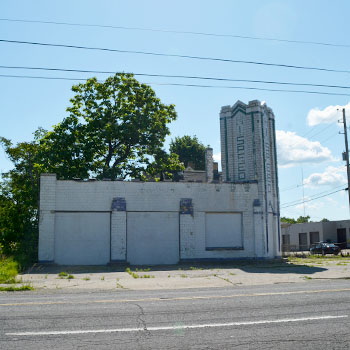What comes to mind when someone says the Mahoning Valley? The region's post-industrial downfall? Its shifting
political alliances? The rampant opioid epidemic? Those are all valid stories about the region. But, despite
what national media coverage might lead you to believe, they're not the only
stories.
The region still faces plenty of challenges, but in both
Youngstown and Warren, efforts to revitalize the cities at the heart of the
Mahoning Valley are underway, led by entrepreneurs opening new businesses and
renovating buildings, and by neighborhood development corporations cleaning up
blight. It's taken a long time for the region to even consider
rebuilding after its major manufacturing base left. After "Black
Monday" in 1977, when Youngstown Sheet and Tube Co. announced thousands of
layoffs, the city of Warren didn't fall into a depression overnight. It was
more "gradual," said Michael D. Keys, community development director
for Warren. "I think at the time, a lot of people said, 'Oh, it's
going to come back,' " Keys said. "And there was sort of that denial,
so like, with grief. You know, the 10 stages of grief, the 10 stages of
economics. And I think what we're seeing now is that we've reached the bottom a
while back, and we're now on our way up." Disclosures up front: I was born in Warren and lived there
as a child before my family moved to one of the city's suburbs about 10 minutes
away. I attended a Catholic elementary school, and church, in Warren. I got my
start as a reporter at the Tribune Chronicle, first as a writer for its teen
page and then as a freelancer throughout college. I've spent a lot of money at
the Mocha House. That's why I've been confused by the post-election trope
that, in an effort to explain why so much of the Mahoning Valley turned away
from the Democrats, depicts the region as a wasteland of industrial ruin. That
might have been true 30 years ago, but for those of us who missed the region's
manufacturing heyday and instead compare the Mahoning Valley to what it was one
or even two decades ago, the difference is striking.
For the full story from Crain's Cleveland Business, click here.
 ,
, 
 ,
, 

 ,
, 